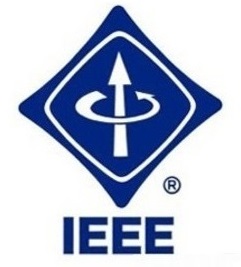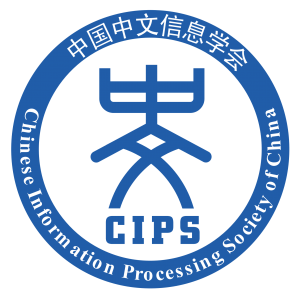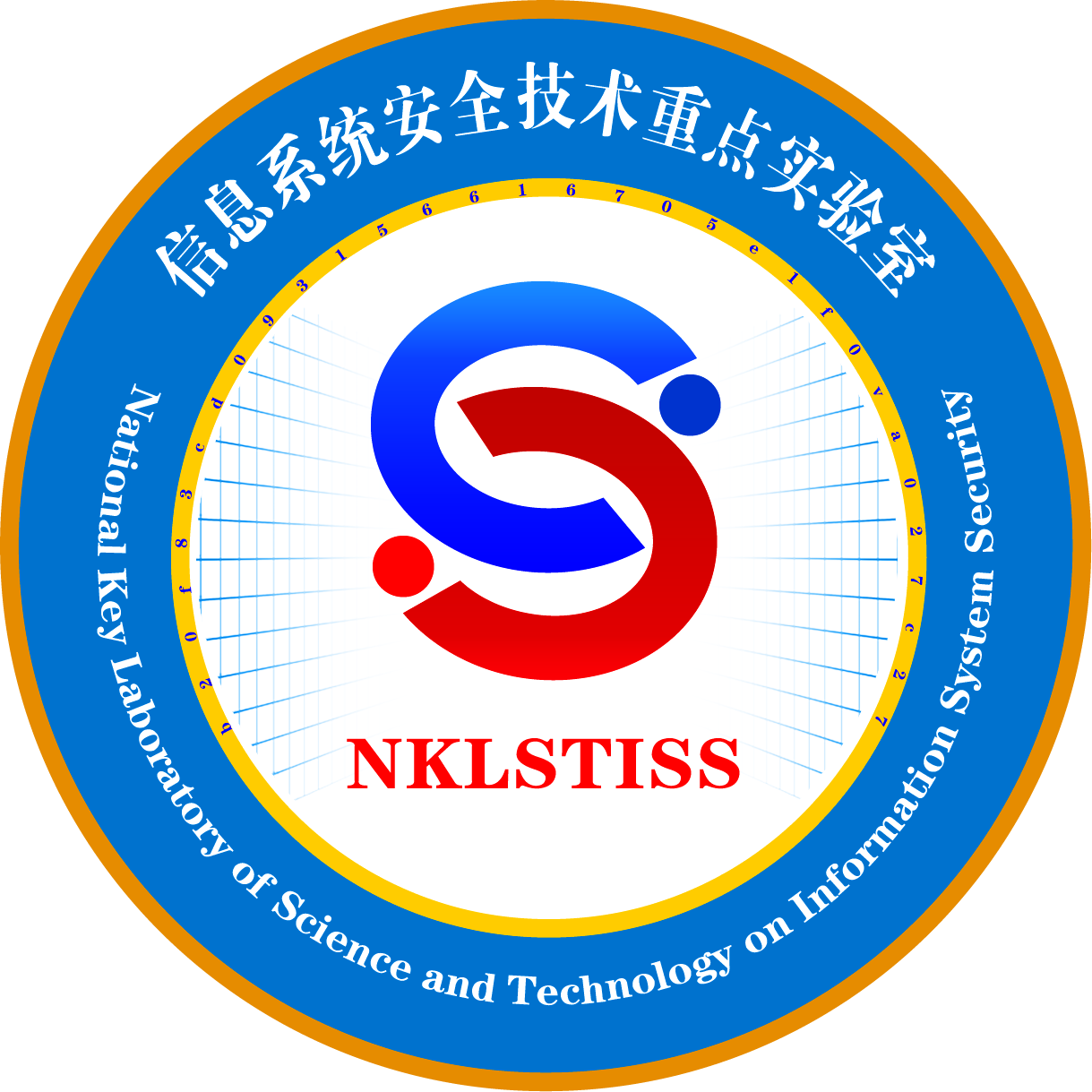INVITED TALKS
Title: Challenges of Satellite Internet Security
Speaker: Xiaosong Zhang , The Yangtze river scholar, University of Electronic Science and Technology of China,China

Abstract
Satellite communication has entered a practical stage since the 1970s. With its unique advantages of wide signal coverage, strong system disaster tolerance, and high access flexibility, it has played an irreplaceable role in the communication support service of disaster rescue. But the satellite Internet (satellite constellation) did not attract global attention until the deployment and implementation of SpaceX's "Starlink" project. It is a milestone for high-throughput, low-latency and low-cost satellite interconnection services to enter the civilian field. Compared with the traditional terrestrial Internet, the satellite Internet breaks through the boundary control methods and transmission area restrictions of terrestrial Internet access. Moreover, the system structure is more complex and the technical difficulty is higher, so it faces greater security threats. Threat sources span satellites in the space segment, base stations in the ground segment, terminals in the user segment, and supply chains for design and manufacturing. Threat methods include physical security such as electromagnetic interference, link security such as eavesdropping and hijacking, network security such as virus Trojans, data security such as backup encryption, and business security such as social engineering. Therefore, systematically and comprehensively analyzing and judging various security threats and challenges that the satellite Internet may face will undoubtedly have important guiding significance for the design and establishment of a usable, reliable and credible satellite constellation system.
Short Bio:
Xiaosong Zhang is a professor and doctoral supervisor at the University of Electronic Science and Technology of China. He has long been committed to the basic research of network security. Focusing on intelligent threat perception, detection and defense, and traceability technologies, he originally proposed an active network security system with "sensing, analyzing, and portraying" as the core elements. And related achievements were selected as outstanding achievements of the 13th Five-Year National Natural Science Foundation of China. He also won the first prize of the National Science and Technology Progress Award in 2019 and the second prize of the National Science and Technology Progress Award in 2012 as the first completer. He has won the first prize of provincial and ministerial technological invention/scientific and technological progress awards for five times. At the same time, he expanded the application of network security in the field of new generation information technology. In addition, he serves as the vice chairman of the Blockchain Branch of the Chinese Institute of Electronics. He has published the monographs "Blockchain Security Technology and Application" and "Artificial Intelligence Algorithm Security and Security Application". He has published more than 200 academic papers indexed by SCI/EI, and has been granted 49 patents and 14 software copyrights as the first inventor. He also presided over and completed dozens of national, provincial and ministerial key projects.
Title:
Multi-Granularity Cognitive Computing for Network Security
Speaker: Guoyin Wang , The National Science Fund for Distinguished Young Scholars, The Yangtze river scholar,Chongqing University of Posts and Telecommunications, China

Abstract
Most intelligent computing models are inspired by various human/natural/social intelligence mechanisms. Cognitive computing is one of the core fields of artificial intelligence. It aims to develop a coherent, unified, universal mechanism inspired by human mind’s capabilities. Inspired by human’s granularity thinking, problem solving mechanism and the cognition law of ‘‘global precedence’’, a new cognitive computing model, multi-granularity cognitive computing, is proposed in 2017. It provides a granular cognitive computing framework for efficient knowledge discovery from big data. High efficiency and timeliness models and algorithms are required to ensure the smooth execution of the security tasks in huge scale network space. It should also be consistent with human’s understanding of the network space. Multi-granularity cognitive computing could be used to develop such efficient and robust models and algorithms.
To address the above problems, we have studied two issues. The first is to degrade the effects of large scale data and noise data in datasets. Granular ball based classifying, clustering and sampling methods are designed, which can deal with large scale datasets efficiently. In order to avoid the influence of noises in collected datasets, such as fake accounts and machine netizens, a random space granularity based framework is proposed to check label noises. The second is to study the technology of social network alignment. An improved embedding model via pseudo anchors based on granular cognitive computing is developed to provide effective support for social network alignment. On the perspective of fine granularity, we add virtual alignment users as pseudo anchors in the two social networks to be aligned. Furthermore, a meta-learning based fine-tuning strategy is designed to enlarge the scale of the two network spaces, and generate sparse representation vectors for users. Thus, the mismatch and inaccuracy ratios of the alignment model caused by the density of network spaces could be reduced. These models and algorithms have been applied in many practical network security application tasks successfully.
Short Bio:
Guoyin Wang received the B.E. degree in computer software, the M.S. degree in computer software, and the Ph.D. degree in computer organization and architecture from Xian Jiaotong University, China, in 1992, 1994, and 1996, respectively. He worked with the University of North Texas, USA, and the University of Regina, Canada, as a Visiting Scholar from 1998 to 1999. Since 1996, he has been working with the Chongqing University of Posts and Telecommunications, Chongqing, China, where he is currently a Professor, a Vice-President of the University, and the Director of the Chongqing Key Laboratory of Computational Intelligence. He was the director of the Institute of Electronic Information Technology, Chongqing Institute of Green and Intelligent Technology, CAS, China, 2011-2017. His research interests include data mining, machine learning, rough sets, granular computing, and cognitive computing. He is the author of over 20 books, the editor of dozens of proceedings of international and national conferences, and has more than 300 reviewed research publications. He was the President of International Rough Set Society (IRSS, 2014-2017). He is currently a Vice-President of the Chinese Association for Artificial Intelligence (CAAI, 2014-), a Council Member of the China Computer Federation (CCF, 2008-), and the President of Chongqing Association for Artificial Intelligence (CQAAI, 2018-).
Title:Tackling Unknown Future: Open-World Domain Adaptive Graph Learning
Speaker: Xingquan Zhu
 Zhu.png)
Abstract
Networks/Graphs are convenient tools to model interactions and interdependencies between large-scale data. Graph data analytics, such as node classification which attempts to categorize nodes of graphs into different groups, are often carried out in a closed-world setting where labeled classes (and their training samples) are known, and the learning goal is to correctly classify unlabeled nodes into classes already known. In reality, new trends emerge constantly, and a model unaware of unknown future can hardly work well in real-world applications. In this talk, we address two fundamental problems in graph learning, open-world graph learning and unsupervised domain adaptive graph learning, in a setting that the learning is to predict test samples whose class label space is only partially known or completely unknown. For open-world graph learning, we propose a new open-world graph learning paradigm, where the learning goal is to not only classify nodes belonging to seen classes into correct groups, but also classify nodes not belonging to existing classes to an unseen class. To tackle unknown label space in a cross-domain learning setting, we propose an unsupervised domain adaptive graph convolutional network, where all nodes in a target domain are unlabeled. Domain adaptation aims to transfer knowledge from the graph of an existing domain with labeled nodes to classify nodes in the target domain.
Short Bio:
Xingquan Zhu has received the Ph.D degree in Computer Science from Fudan University, Shanghai, China. He is currently a Full Professor of Computer Science. His research interests include data mining, machine learning, and bioinformatics. Since 2000, he has published more than 280 refereed journal and conference papers in these areas, including four Best Paper Awards (PAKDD-21, IRI-18, PAKDD-13, ICTAI-05) and three Best Student Paper Awards (ICDM-20, ICKG-20, ICPR-12). He is the Program Committee Co-Chair for the 22nd IEEE International Conference on Data Mining (ICDM-2022), General Co-chair for the 2021 IEEE International Conference on Big Data (IEEE BigData-2021), and Program Committee Co-Chair for the 33rd International Conference on Scientific and Statistical Database Management (SSDBM-2021). He previously served as an associate editor of the IEEE Trans. on Knowledge and Data Engineering (2008-2012, 2014-2021), and currently serves as an associate editor of the ACM Trans. on Knowledge Discovery from Data (2017 - date), International Journal of Social Network Analysis and Mining SNAM (2010-date), Journal of Big Data (2013-date), and Network Modeling Analysis in Health Informatics and Bioinformatics Journal (2014-date).
Title: Real-world stream data analysis: challenges and opportunities
Speaker: Toshiyuki Amagasa

Abstract
Recent advances in ICT technologies, including IoT and big data analysis, have made it possible for governments, companies, and individuals to process a large amount of data in real-time, allowing one to extract valuable insights from massive streaming data. These outcomes can be used to improve our society and human wellbeing. In this talk, we will introduce some of our research projects of real-time sensor data analysis for posture recognition and social big data analysis. We will also mention challenges and opportunities in real-time stream data analysis. Conventional sketching methods on counting stream item frequencies use hash functions for mapping data items to a concise structure, e.g., a two-dimensional array, at the expense of overcounting due to hashing collisions. Despite the popularity, however, the accumulated errors originated in hashing collisions deteriorate the sketching accuracies at the rapid pace of data increasing, which poses a great challenge to sketch big data streams at web scale. In this paper, we propose a novel structure, called XY-sketch, which estimates the frequency of a data item by estimating the probability of this item appearing in the data stream. The framework associated with XY-sketch consists of two phases, namely decomposition and recomposition phases. A data item is split into a set of compactly stored basic elements, which can be stringed up in a probabilistic manner for query evaluation during the recomposition phase. Throughout, we conduct optimization under space constraints and detailed theoretical analysis. Experiments on both real and synthetic datasets are done to show the superior scalability on sketching large-scale streams. Remarkably, XY-sketch is orders of magnitudes more accurate than existing solutions, when the space budget is small.
Short Bio:
Toshiyuki Amagasa received B.E., M.E., and Ph.D from the Department of Computer Science, Gunma University in 1994, 1996, and 1999, respectively. He is currently a full professor of Computer Science. His research interests cover database systems, data mining, and database application in scientific domains. He is a senior member of IPSJ, IEICE, and IEEE, a board member of DBSJ, and a member of ACM.








